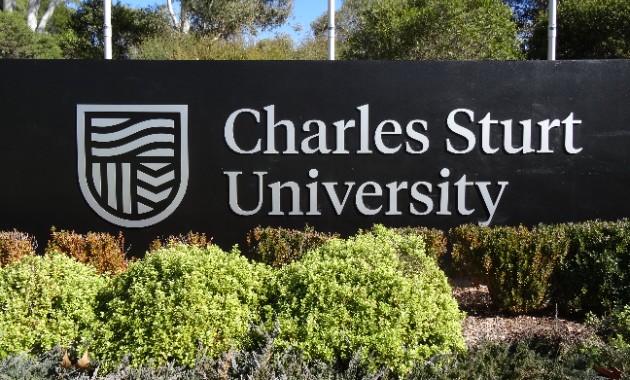New research by Charles Sturt University (CSU) and the Heart Research Institute (HRI) in Sydney suggests a beneficial new use of ‘waste’ from the production of olive oil that could be good for heart health.
The research findings are to be made public today (Thursday 26 October) in a paper presented at an international conference in Malta by the research team led by Professor Kevin Robards of CSU and Dr Jeffrey Cohn of HRI.
The paper, Atheroprotective properties of olive mill waste and its constituent polyphenols, suggests that extracts derived from olive mill waste (OMW) can be used as a base constituent in heart disease medication in the future.
Dr Paul Prenzler, one of the co-authors of the research presentation and senior lecturer in Chemistry at CSU’s School of Science and Technology said: “The discovery of anti-inflammatory activity in olive mill waste is very exciting because it opens up the possibility of utilising this waste product as a raw material for developing extracts with therapeutic activity.
“So instead of the waste being a ‘problem’ to be disposed of, it becomes a valuable resource with potential health benefits,” Dr Prenzler said.
“Interestingly, olive oil is known as a good source of dietary antioxidants
, yet only about 2 per cent of the antioxidants in olive fruit actually end up in the oil. The other 98 per cent ends up in the ‘waste’. Dietary antioxidants from red wine, tea, olive oil, and other sources are believed to protect the body from diseases such as atherosclerosis and cancer.
“Our goal has been to find a way of recovering these compounds and finding out if they have useful biological activities. If this is the case there are gains for the Australian olive industry to use this waste to generate a viable alternative income stream,” Dr Prenzler said.
The paper is being presented at the 3rd International Conference on Polyphenols in Nutrition and Health in Malta (26-27October 2006), and is the first joint publication from a collaborative research venture between a team of chemists from CSU’s School of Science and Technology and researchers from the Nutrition and Metabolism Research Group and Angiogenesis Research Group HRI in Camperdown, Sydney.
CSU’s Professor Robards and Dr Prenzler were also members of the research and teaching team that won the Vice-Chancellor’s excellence awards for teaching and research in 2003. The teaching team, from the School of Science and Technology in the Faculty of Science and Agriculture received its award for designing and teaching innovative chemistry subjects and combining their skills and experiences in science, educational theory and information technology to provide the best educational experience for their students.
They received the University’s top team research award, the 2003 Vice-Chancellor’s Excellence in Research Award, for their studies into the basic chemistry of plant phenols and their future possible uses in foods, pharmacy and forensic science.





Social
Explore the world of social